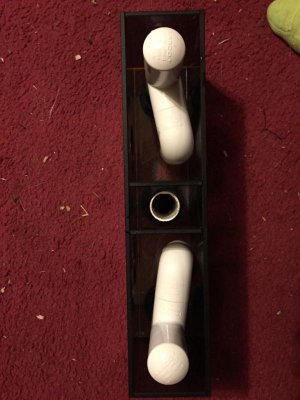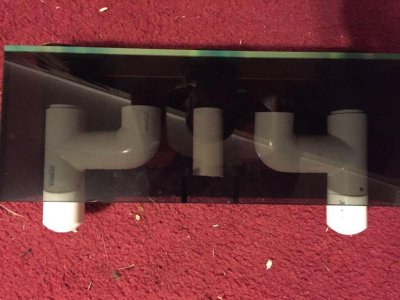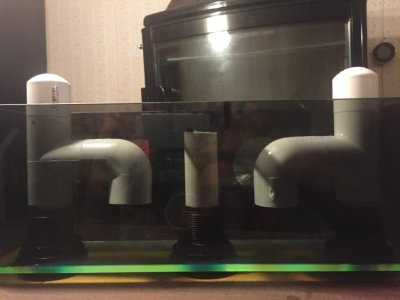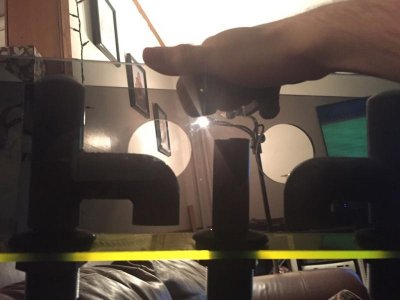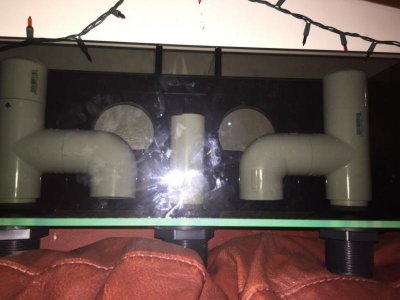sleepydoc
Team RC
Ok. Still pretty new to all this - what size return would you recommend (no loc-line) to have as efficient a pump as possible for that flow?
What pump are you using and what kind of flow are you targeting? Pipe resistance is proportional to 1/r^4, so it goes down pretty quickly with increasing diameter and at some point you reach a point of diminishing returns. There's a head loss calculator on the main RC page that you can use to get estimates.
I'd post this in the main forum for feed back since it's rather a separate issue from the bean animal setup.

